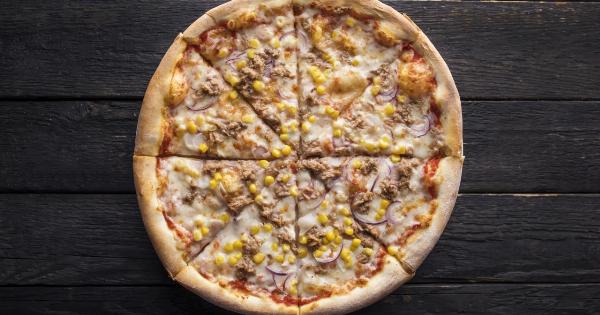Type 2 diabetes has become a global epidemic in recent years, affecting millions of individuals worldwide. This chronic condition is characterized by high blood sugar levels due to insulin resistance or inadequate insulin production.
While it is typically managed through medication, diet and lifestyle modifications can play a crucial role in controlling and even reversing this condition. One such dietary approach that has gained attention is the Frosty Diet.
What is the Frosty Diet?
The Frosty Diet is a unique eating plan that focuses on consuming mostly frozen foods, particularly fruits and vegetables.
Unlike traditional diets, this approach encourages individuals to consume these foods in their frozen state, rather than opting for fresh or cooked alternatives. The idea behind the Frosty Diet is that freezing these foods helps to preserve their nutrients and may have additional health benefits.
How Does the Frosty Diet Help with Type 2 Diabetes?
The Frosty Diet offers several potential benefits for individuals with type 2 diabetes:.
1. High Nutrient Content:
Freezing fruits and vegetables locks in their nutritional content, ensuring that individuals with diabetes receive a high dose of essential vitamins, minerals, and antioxidants.
These nutrients can help manage blood sugar levels and reduce insulin resistance.
2. Low Glycemic Index:
Frozen fruits and vegetables tend to have a lower glycemic index (GI) compared to their fresh counterparts.
This means that they have a slower impact on blood sugar levels, preventing sudden spikes and helping individuals maintain better control over their diabetes.
3. Increased Fiber Intake:
The Frosty Diet often includes fiber-rich frozen foods like berries and leafy vegetables.
High fiber intake is important for individuals with type 2 diabetes as it slows down the absorption of sugar, promotes weight loss, and improves overall blood sugar control.
4. Reduced Caloric Intake:
Frozen fruits and vegetables are generally lower in calories compared to processed or high-carbohydrate foods.
By incorporating these frozen options into their diet, individuals with diabetes can reduce their overall calorie intake, leading to weight loss and improved glycemic control.
5. Convenient and Cost-Effective:
The Frosty Diet offers convenience and cost savings. Individuals can easily stock up on frozen fruits and vegetables, ensuring they always have healthy options on hand.
Additionally, frozen produce tends to be more affordable and has a longer shelf life, reducing waste.
6. Versatile and Delicious:
The Frosty Diet doesn’t limit individuals to bland or boring meals. Frozen fruits and vegetables can be enjoyed in various ways, including smoothies, stir-fries, soups, and desserts.
This makes the diet more enjoyable and sustainable in the long run.
Precautions and Considerations
While the Frosty Diet may offer potential benefits for managing type 2 diabetes, it is important to consider the following:.
1. Balanced Diet:
While frozen fruits and vegetables are an important part of the Frosty Diet, it is crucial to maintain a well-rounded, balanced diet. This includes incorporating lean proteins, whole grains, and healthy fats to ensure all nutrient requirements are met.
2. Portion Control:
Even though frozen fruits and vegetables are healthy, it is still necessary to practice portion control, especially for individuals with diabetes.
Overconsumption can lead to a higher intake of natural sugars or carbohydrates, which may impact blood glucose levels.
3. Individualized Approach:
Diabetes management should be individualized based on an individual’s specific needs and preferences. While the Frosty Diet may work well for some individuals, it may not be suitable or sustainable for others.
It is important to consult with a healthcare professional or registered dietitian to determine the best dietary approach for managing type 2 diabetes.
Conclusion
The Frosty Diet offers a unique approach to managing type 2 diabetes by focusing on consuming primarily frozen fruits and vegetables.
This diet provides a range of potential benefits, including high nutrient content, low glycemic index, increased fiber intake, reduced caloric intake, convenience, and cost-effectiveness. However, it is important to maintain a balanced diet, practice portion control, and individualize the approach based on specific needs.
Consulting with a healthcare professional is essential to develop an optimal dietary plan for managing type 2 diabetes.





























